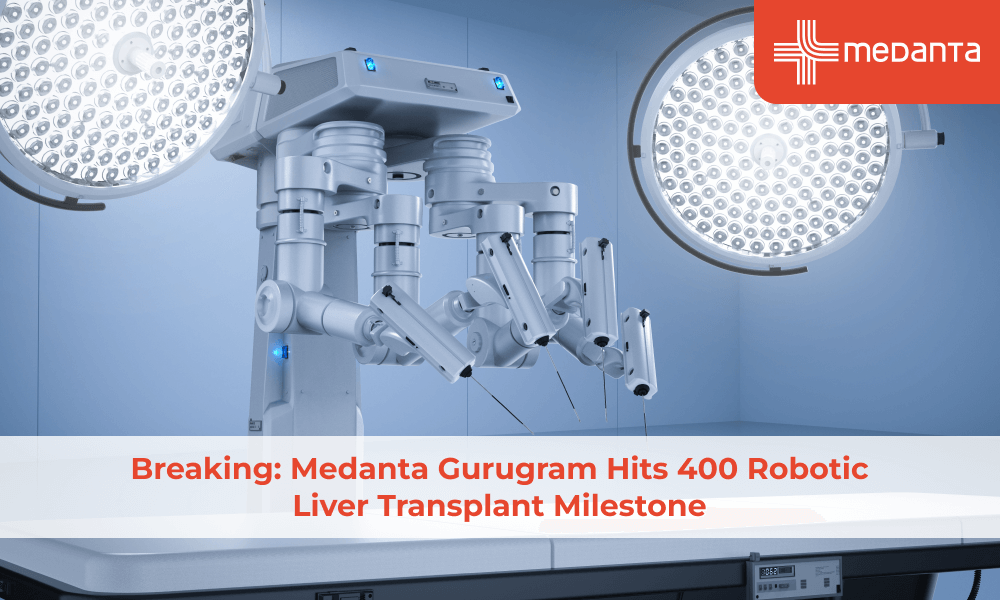A Knowledgeable Guide on Breast Pain and its Management
Breast pain is something both men and women experience during their lives, and it is also effortless to treat with the help of proper medication. Breast pain, also known as mastalgia is identified as breast tenderness with throbbing and burning pain. However, in most cases, this doesn't mean that something is wrong with your breasts or you are suffering from any severe disease. Breast pain can be a result of pregnancy, menstruation, etc. It is found on rare occasions that breast pain leads to severe disease. It is best to consult a doctor as soon as possible to get a clear picture, reach the root cause of your pain, and then treat it accordingly.
Breast pain can be caused for several reasons, like hormonal imbalance or even when the estrogen in your body shoots up from time to time, an ancient breast injury, wrong bra, breastfeeding, or even a side effect of any medication. So, whenever you suffer from breast pain, please do not panic or automatically assume the worst.
Breast pain and nipple pain is considered one of the most common problems in female health, and most OPD visitors are found to be complaining about them. Most of the time, breast pain isn't life-threatening, and this is why it is categorized and divided into three sections.
The three types of breast pain are;
- Cyclical breast pain.
- Non-cyclical breast pain
- Extra mammary breast pain.
Cyclical breast pain is usually found in younger patients who are in the age group of thirty to forty-five years. Here, the breast pain isn't dangerous at all. The cyclical breast emerges a few days before the active life cycle of menstruation and lasts for five to seven days or till your menstruation cycle is over. The doctor terms this pain as an 'exaggeration of the normal physiological phenomenon' as, before the ordinary course of menstruation, the breasts tend to get heavier and cause discomfort. So cyclical breast pain is the exaggeration of this phenomenon, which gets converted into pain.
Non-cyclical pain, on the other hand, can persist for the entire month and have a target area over a particular point at your breast, only on a single breast, or even over both of your breasts. Breast pain causes for non-cyclical can vary from minor infections to cysts to cancer. Inflammatory breast cancer is a particular type of cancer that usually persists along with pain and swelling. However, this is a rare case scenario in breast cancer.
The third type of breast pain is the extra mammary breast pain, which does not originate in the breast, but elsewhere. This pain may originate in the chest wall, any muscle, and hips, or even in other areas. The patient may feel pain in their breast, but that is not the case here. Only a doctor, after a thorough examination, can pinpoint that this is not breast pain.
Breast pain management:
In cases of cyclic breast pain, no specific treatment is required. Most of the patients get cured of cyclic breast pain. Wearing a proper support bra and occasionally popping painkillers or using hot fermentation can provide relief. Patients subjected to severe pain can get relief via breast pain treatment and medical procedures.
Non-cyclical pain causes a lot of trouble for the patients and is found chiefly amongst the senior age groups. Once the doctors confirm that this pain is not a repercussion of cancer, they proceed to cure it via medical management. One of the most significant treatment solutions for breast pain is Vitamin-E, the evening primrose oil popularly sold in the market with the name primrose or GLA. However, there is a lot of controversy over the effectiveness of these two products.
However, Dr. Rajeev Agarwal and his team, in their clinical practice over the years, have found that these medicinal products have been successful in providing relief to patients. In cases of severe pain where these medicines fail to provide relief, hormonal treatment is used via medicines like Danazol, which is FDA approved and plays a significant role in curing breast pain.
The only drawback with Danazol is that it has specific side effects and consuming its high doses causes nausea, vomiting, hair fall, irregular periods, and voice alterations. So the doctors avoid high doses of Danazol as much as possible. Another medicine that is used is Tamoxifen. Though it is a cure for cancer, it is even used in cases where no other medicine is useful in breast pain relief for patients, and it is highly effective.
Lastly, for non-mammary breast pain, the first thing to check is whether the pain is a result of cancer or not. If the doctors establish that the cause of pain is not cancer or even any other breast ailment, then the main reason for the pain is tracked, and it is treated.
Wrapping Up,
The end message conveyed here is that breast pain doesn't necessarily signify breast cancer, and most patients suffering from breast pain have a minimum to zero risk of breast cancer. If your doctor assures that you are free of cancer, you can proceed with the medications for underlying cause of pain.
Most breast pain situations are cured via medical management, and there is no need for surgery or operation. Note that the breast pain is not always a symptom of something serious and it is always better to consult a doctor. Do not neglect and delay the doctor's visit and get yourself checked at the earliest. Share all your concerns with the doctor, and they will be able to guide you the best along with the proper solution.






